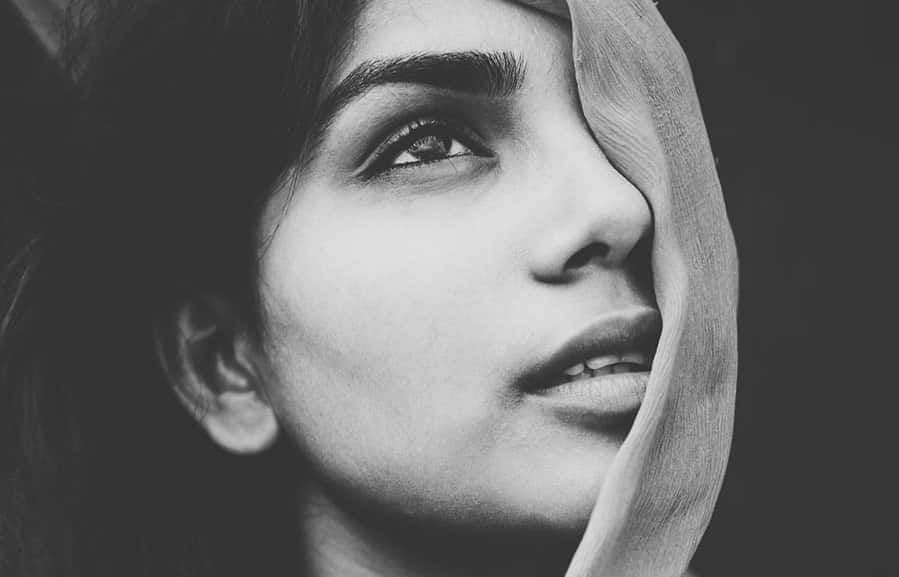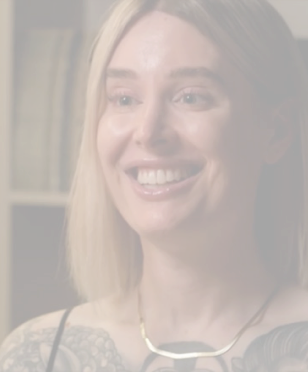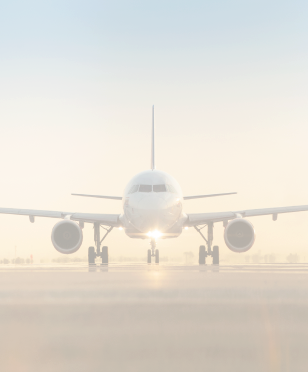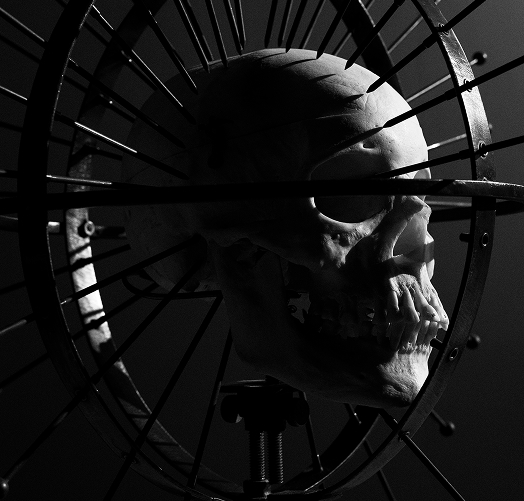Is a “Nose Job” really that different for people of Indian and Pakistani backgrounds?
Of the plastic surgery disciplines, rhinoplasty (“nose job” or nasal surgery) is one of the most difficult. To get the most pleasing result, your surgeon needs a sense of artistry to design a new nose that suits you and your cultural or ethnic background.
For many years, plastic surgeons have created the same shape nose for every client and often that nose was based on a Caucasian or “white” standard. But a good surgeon listens and understand the needs of their client and designs a nose in harmony with the face and, if requested, cultural background.
Dr. Deschamps-Braly has extensive experience in plastic surgery and rhinoplasty for people of all major ethnicities. His training in three surgical disciplines enables him to combine surgical experience and artistry with an understanding of the differences in the proportions of facial features to provide a result that best suits his clients’ needs.
This diversity of experience means Dr. Deschamps-Braly has the flexibility to adapt his work to suit a range of needs for people of Indian or Pakistani backgrounds.
Rhinoplasty and People of Indian and Pakistani backgrounds
In South-Asian countries (including India and Pakistan), rhinoplasty has become increasingly popular, so now we have a much better understanding of the shape of noses of people from different regions.
It is not surprising that such a large land area contains people from many different cultures. If you are originally from South Asia or your family’s background is from that part of the world, your surgeon must be aware of the potential differences in your facial proportions and listen to your needs as you consider rhinoplasty.
People consider “nose jobs” for a range of reasons including:
- Correcting structural changes caused by accidents or injuries
- Changing the size and shape of the nose to improve the appearance of the face
No matter the reason, many people with Indian or Pakistani backgrounds want to have a nose job that results in a nose that sits in harmony with the rest of their face, while also maintaining their cultural identity.
A personalized approach to rhinoplasty for people of Indian and Pakistani backgrounds
The shape of South Asian noses is an active research area in the medical literature. Research shows there is not one single typical South Asian nose, per se, although there are some regional characteristics that may affect the outcome of your nose job.
The noses of people with North Indian and Pakistani backgrounds are more likely to have features in common with people with Persian or Middle Eastern backgrounds including:
- A drooping tip that can make the nose appear longer
- A bump on the bridge of the nose (dorsal hump)
- Wide bones in the upper nose
The noses of people from South India are more likely to have features including:
- A less defined tip of the nose
- A short nose bridge
- A wide base of the nose
- Thicker skin over the nose
No matter the physical characteristics of your nose and face, Dr. Deschamps-Braly will listen to your concerns and conduct a thorough physical examination of your nose and photograph you from several angles, including your profile and other features. Thicker skin can tend to mask the underlying surgical changes of rhinoplasty and, in this case, he can advise you if a different approach to your procedure is needed.
Once Dr. Deschamps-Braly fully understands both your facial features and the changes you would like, he will use his vast experience and artistry to design a nose that he believes will give you the best possible result.
Want to know more about nose job surgery?
- Rhinoplasty (Nasal Surgery or Nose Job)
- Revision Rhinoplasty (Corrective Nose Job)
- Masculinizing Rhinoplasty
- Feminizing Rhinoplasty
References – for those who like to dig deeper
- The Indian Nose, Nagarkar P, Pezeshk RA, Rohrich RJ. Plastic and Reconstructive Surgery, 2016, 138(5):836e–843e.
- Anthropometric Analysis of the South Indian Woman’s Nose, Packiriswamy V, Bashour M, Nayak S. Facial Plastic Surgery, 2016, 32(3):304–308.
- The Indian nose: An anthropometric analysis, Mehta N, Srivastava RK. Journal of Plastic, Reconstructive & Aesthetic Surgery, 2017, 70(10):1472–1482.
Categories:
- Craniofacial
- DLM FAQ
- Facial Feminization Surgery
- Facial Implants
- Facial Masculinization Surgery
- Injectables
- Jaw Surgery
- Non-Surgical
- Nose
- Office News
- Plastic Surgery
About Deschamp- Braly Clinic:
We are privileged to be a part of a journey where the destination is a place that brings you a renewed sense of happiness. We are here to give you our very best. Most importantly, we are here to share in your sense of relief and joy as the dressings are removed.










